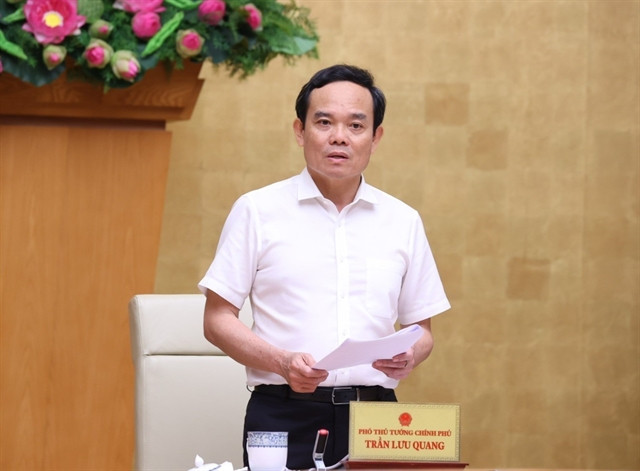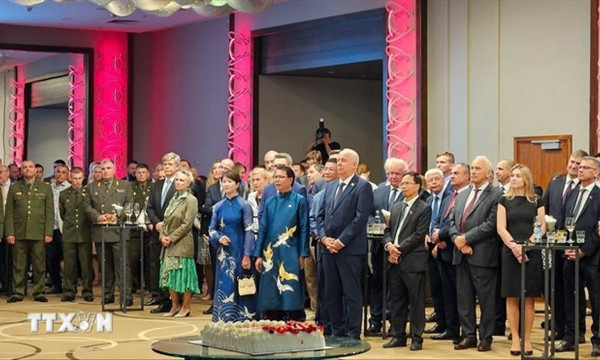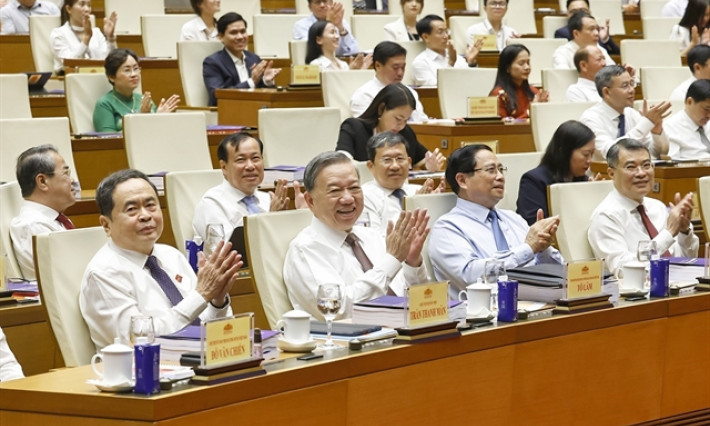Deputy PM chairs review of 2021-2030 national forestry planning
The export value of wood and forestry products is projected to reach US$20 billion by 2025 and $25 billion by 2030.
Deputy Prime Minister Trần Lưu Quang chaired a meeting of the Council tasked with reviewing the National Forestry Planning for the 2021-2030 period, with a vision toward 2050, in Hà Nội on June 14.
It is one of the four national sectoral plans formulated by the Ministry of Agriculture and Rural Development.
The planning came as Việt Nam's forests faced complex challenges. While the total forest area is increasing, the quality of forests is a major concern. Currently, only a small portion (8.7 per cent) of natural forests are considered high-quality, with the majority (66.5 per cent) classified as poor.
Additionally, forest plantations are not producing enough wood to meet growing domestic and export demands. Climate change and frequent natural disasters further threaten Việt Nam's forestry resources.
Under the draft plan, Việt Nam aims to have over 15.8 million ha of forests and forestry land by 2030. This includes 15.5 per cent allocated for special use forests, 33 per cent for protective forests, and 51.5 per cent for production forests. The goal is to maintain national forest coverage between 42-43 per cent while significantly enhancing the quality of existing natural forests.
Specific targets include an annual forestry production growth rate of 5-5.5 per cent, planting an average of 238,000 ha of production forests each year, and restoring 22,500 ha of natural forests annually. By 2030, the plan expects over 1 million ha of forests to be certified for sustainable management.
The export value of wood and forestry products is projected to reach US$20 billion by 2025 and $25 billion by 2030. Domestic consumption is also expected to rise to $5 billion by 2025 and $6 billion by 2030.
Revenue from forest environmental services is anticipated to grow by 5 per cent annually, with total earnings estimated at VNĐ3.5 trillion ($145.8 million) annually from 2021-2025, and VNĐ4 trillion from 2026-2030.
The ministry estimated that achieving these goals will require over VNĐ217.3 trillion in capital, with about VNĐ107 trillion needed for the 2021-2025 phase.
Deputy Prime Minister Quang underlined the importance of accurate data on forest land, careful review and feedback from relevant ministries, agencies and localities to ensure the plan's effectiveness.






